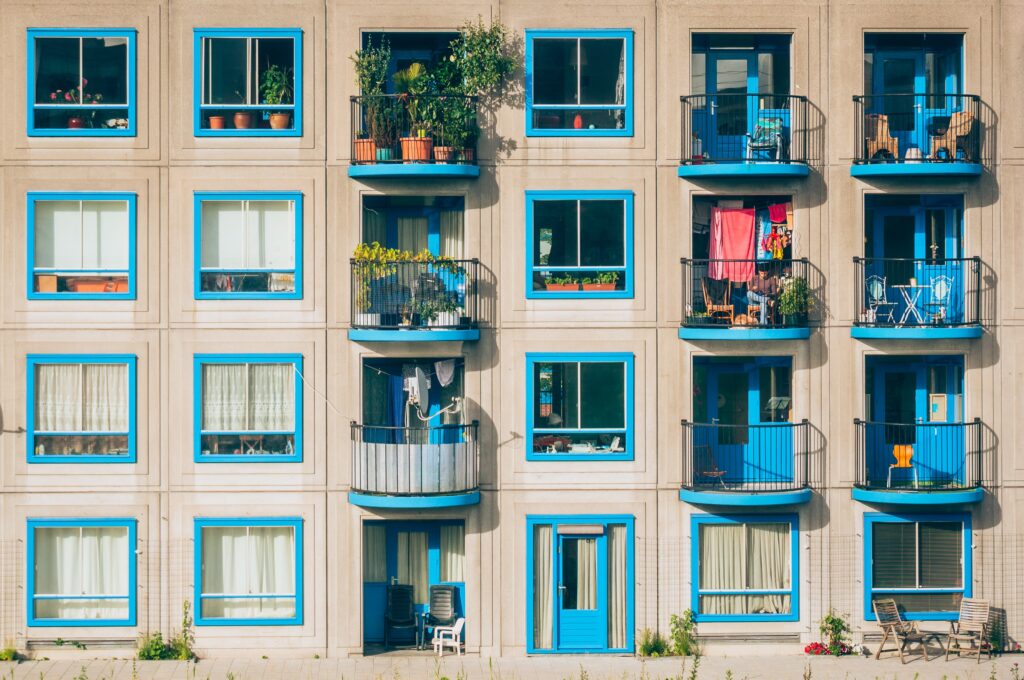If you’re buying on a budget or looking to sell, these are the a few things to look out for.
-
Flats are proving the most affordable as they have not been subject to the same price hikes as houses
-
Towns near big cities with good commuter links are proving to be an excellent choice
-
Sales in 2023 are still slow, as is often the case in January, however demand for homes is set to rise as mortgage rates continue to fall
For early buyers in 2023, it’s all about apartments.
The first few weeks of the year have revealed home buyers are becoming more value-conscious.
The hit to buying power, caused by higher mortgage rates, inflation and the cost-of-living squeeze is causing property-seekers to hunt for smaller homes.
We’ve seen a clear shift in demand towards flats across the UK, with a notable decline in the desire for 3-bed houses.
market data reveals:
-
27% of new buyers are looking for 1- and 2-bed flats, up from 22% a year ago
-
49% of buyers in London are looking for 1- and 2-bed flats, up from 42% a year ago
-
Share of demand for 3-bed houses has fallen 5 percentage points to 39%
That said, 3-bed homes are still the most in-demand property type among UK buyers.
What areas are becoming more popular with flat-hunting buyers right now?
Share of interest in apartments is growing in the markets that are near the big cities.
Some of the largest increases in share of demand for flats have been seen in towns next to London such as Slough, Watford, Chelmsford, Guildford and Dartford.
The relative price differential is attractive for those who work locally, or who commute to London and are able to work more flexibly.
The same is true in other regional cities such as Huddersfield, Stockport and Wakefield, though to a lesser degree.
What’s going to happen to house prices in 2023?
In the short term we expect further small single-digit price falls in the first few months of the year, but the housing market is in better shape to deal with the headwinds than in previous economic cycles.
Will demand for homes increase in 2023?
2023 is off to a slower start than more recent years.
The economic outlook has improved slightly in recent weeks but the squeeze on household disposable incomes is very real and is having a direct impact on sales activity.
Some buyers will be waiting to see if house prices – and mortgage rates – start to fall in the first few months of the year.
Mortgage rates are now generally below 5% and look set to remain in the 4 to 5% range for 2023.
While this is a much better prospect than the 6% to 6.5% levels at the end of last year, buyers are likely to remain cautious in the next few weeks.
The pressure on incomes, combined with the costs of running homes, is also likely to drive a certain amount of movement in the market.
Sizeable amounts of embedded equity in many millions of homes may encourage down-trading to release equity and cut the energy bills.
As the outlook becomes clearer in the spring, we believe that demand is likely to pick up further.
How much depends on the economic outlook, the strength of the labour market, the level of inflation and how this impacts interest rates.
These factors are essentially the same ones that have been driving the market twelve months.



